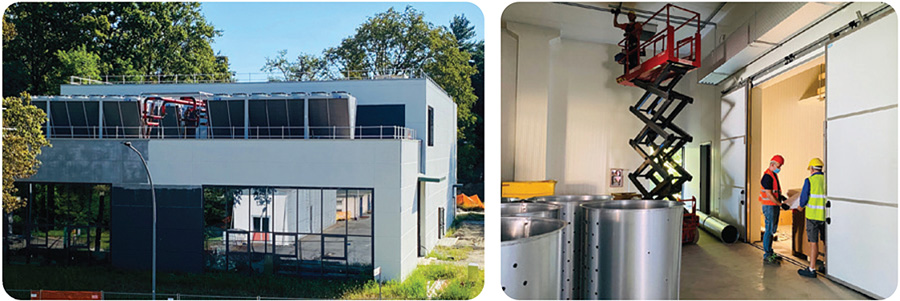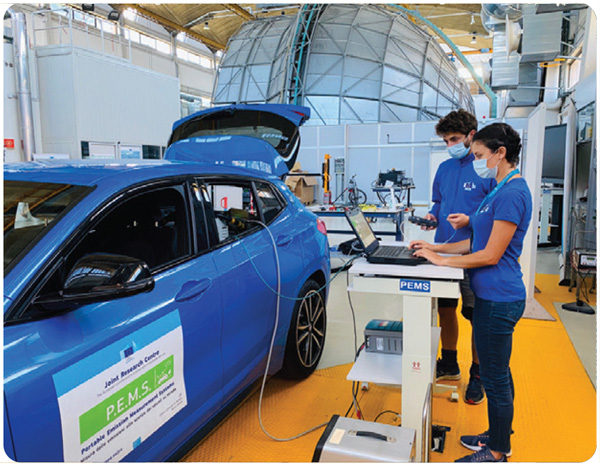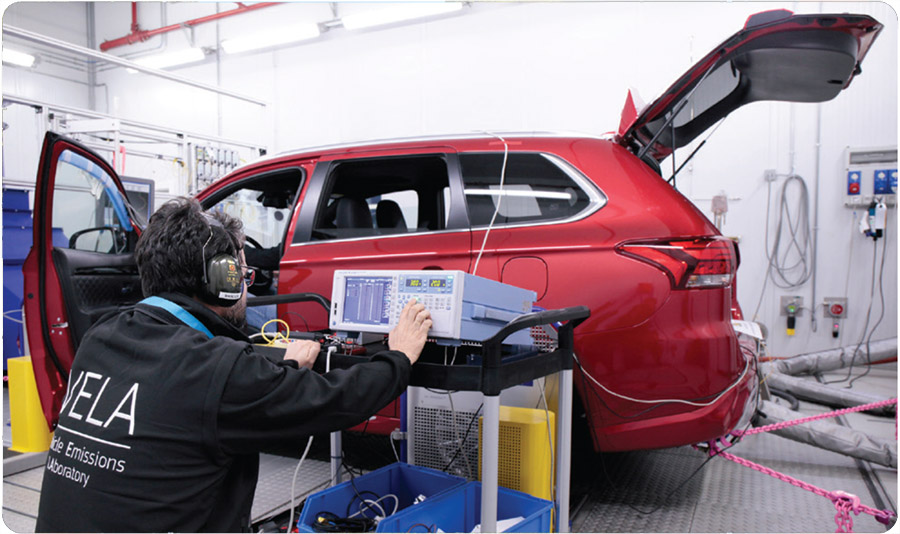Two new state-of-the-art laboratories are being finalised at the Joint Research Centre (JRC) – the European Commission's science and knowledge service – in Ispra, Italy. The new laboratories will carry out the compliance checks of cars already on the market under the new European Type Approval framework.
The new EU Regulation on the approval and market surveillance of motor vehicles is applicable across the EU since 1 September 2020.
Proposed by the Commission in the wake of the Dieselgate scandal, the new type approval rules are part of the Commission's wider work package to ensure cleaner and safer cars on the European market.
From now on, the European Commission will be able to carry out checks on cars that are already on the EU market, trigger EU-wide recalls, and impose fines of up to €30,000 per car when the law is broken.

The JRC's new Vehicle Emissions Laboratory (VELA 10-11) is expected to be ready in the first half of 2021. ©European Union
The EU's market surveillance function
One of the novelties of the new regulation is that the EU now has an oversight on the cars that are already on the market.
EU Member States are required to regularly test a minimum number of cars, and conformity checks will also be carried out by the Commission's Joint Research Centre (JRC) in Ispra, Italy.
In the past, the JRC conducted mostly pre-normative research, meaning that the results from its vehicle emissions tests contributed to the development of new emissions standards in the EU.
Under the new Regulation, the JRC is also tasked to verify whether vehicles that are being sold on the EU market or are already in circulation continue to respect the emissions and safety rules.
The tests will also ascertain that the vehicles do not have defeat devices, which disable emissions control systems under real driving conditions.
The JRC will also provide technical support for the market surveillance activities of the EU Member States and carry out the audit of the national type approval procedures.

Jacopo Franzetti and Lisa Bigozzi are among the new recruits for the JRC market surveillance activity.
Pilot testing has already been started at this
VELA laboratory. ©European Union
New state-of-art-laboratories
The new function is a substantial expansion to the activities of the JRC.
The Commission has provided additional resources for the JRC for funding additional staff, new operational costs as well as the construction of a brand new laboratory with two test cells.
The new laboratory will be 100% dedicated to the market surveillance activities. It is equipped with innovative technology and designed so that a high number of vehicles can be tested in a relatively short time. One of the two test cells of the laboratory is designed to replicate the real driving conditions on the road, including potential temperature and altitude changes.
This laboratory can be used all year round to check the exhaust emissions in very high or very low temperatures.
The completion of the new laboratory was delayed because of the COVID-19 containment measures in Italy.
However, the works at the construction site are in their final stages and the research team expects to be able to start working in the laboratory in the first half of 2021.
In the meantime, the JRC has already conducted a pilot market surveillance study and kicked off the new activities – temporarily in its existing vehicle emissions laboratories.

The JRC's existing Vehicle Emissions Laboratories (VELA 1 – 9) include nine major testing facilities tests on a variety of vehicles.
These laboratories are dedicated to pre-normative research in support of EU emissions standards. ©EC – Audiovisual Service